The States of Germany
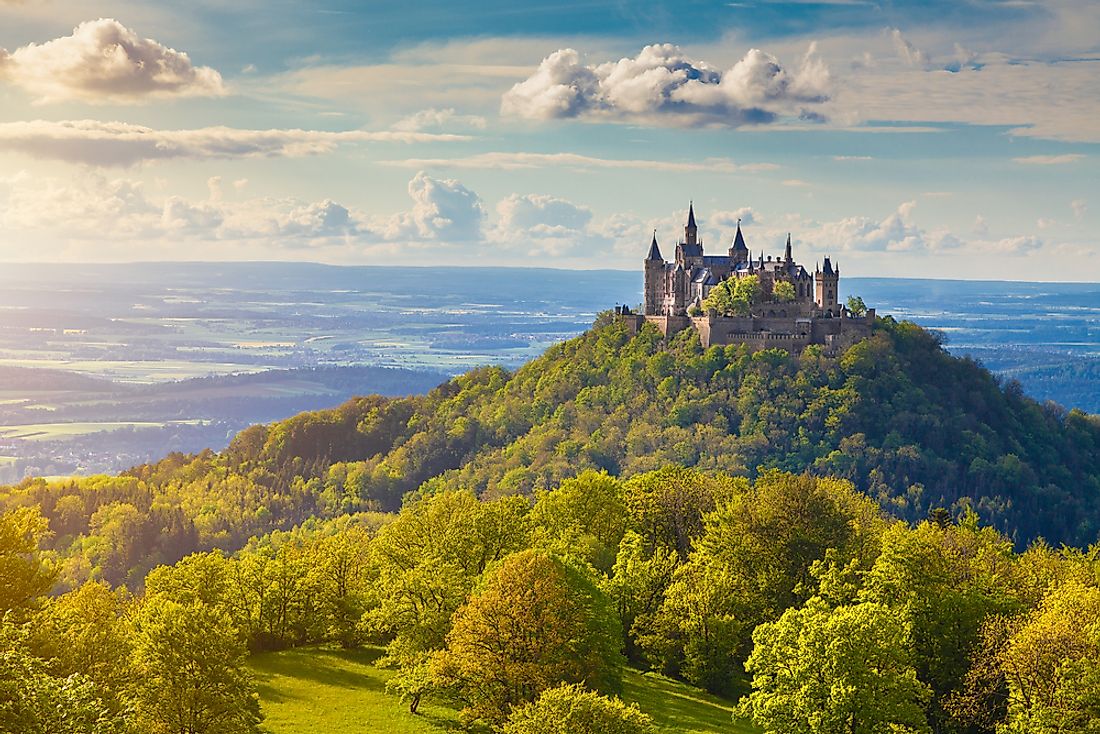
Germany is divided into 16 administrative units known as states which are officially known as federal states and three are known as city states. The others are often known as the area states. The federal states vary in size with the largest being Bavaria while the smallest being Bremen. These federal states are governed by an elected Minister-President and are then subdivided into smaller administrative units known as districts.
16. Bremen
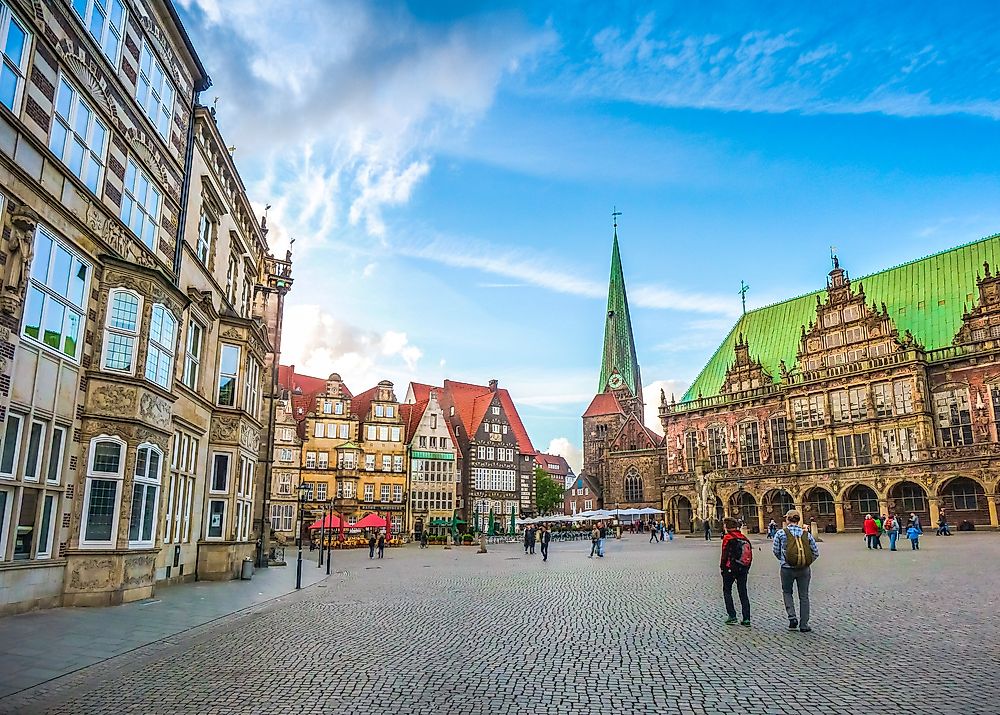
Bremen is a city-state located in northwestern Germany. Officially referred to as the Free Hanseatic City of Bremen, the state is the smallest state in the country with an area of 126 square miles and a population of 557,464 residents. However, the city is an important hub in northern Germany and is the second largest city in the region.
15. Saarland
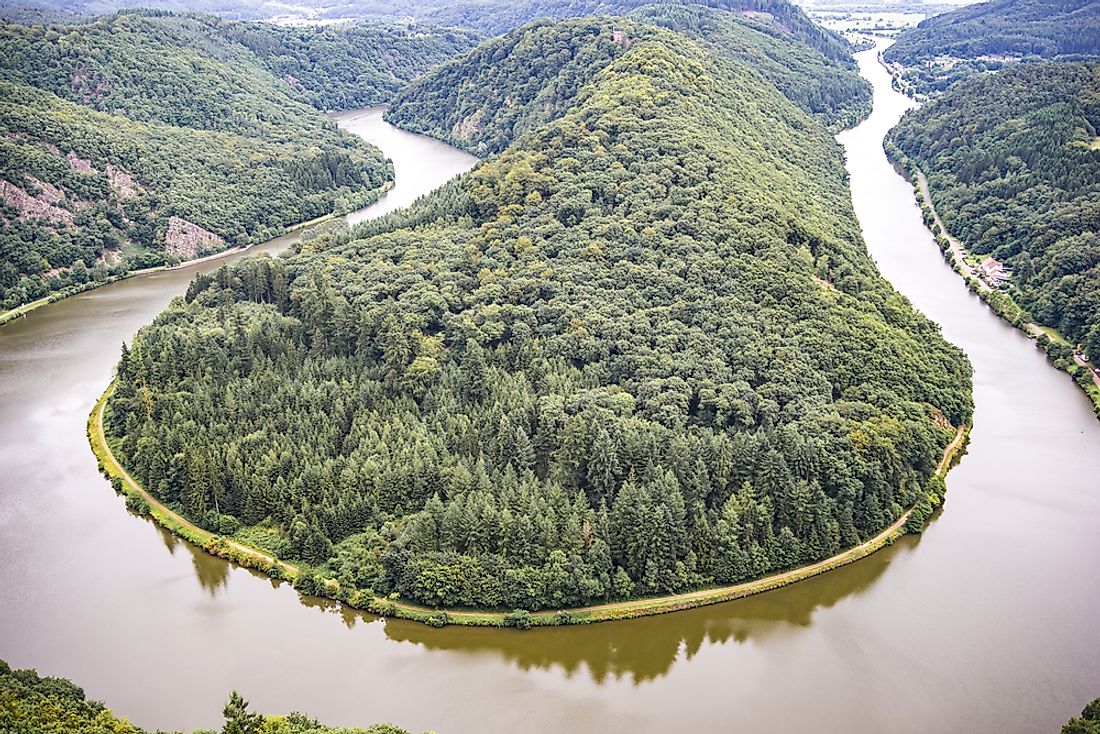
Saarland is a small state located in southwestern Germany. With an area of 990 square miles, Saarland is the smallest state in Germany in terms of population and size (other than the three city-states of Hamburg, Berlin, and Bremen). The state has a population of 1.012 million people which translates to a population density of 1,000 persons per square mile. Saarbrucken is the state’s capital city and it hosts the office of the Minister-President in charge of the state.
14. Mecklenburg-Vorpommern
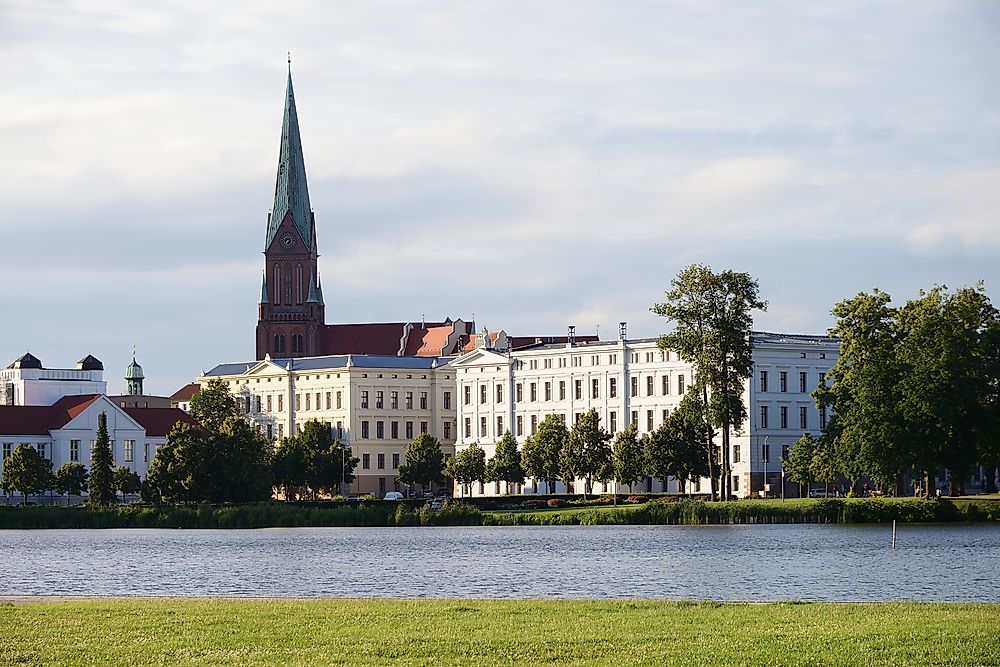
Mecklenburg-Vorpommern is a state located in northern Germany. The state was formed after the Second World War when the region of Mecklenburg and Western Pomerania merged. The state of Mecklenburg-Vorpommern covers an area of 8,948 square miles and has a population of 1.6 million people. The state has the lowest population density in Germany: 180 persons per square mile. Mecklenburg-Vorpommern has several important cities, with Schwerin being the largest and the state’s capital.
13. Saxony-Anhalt
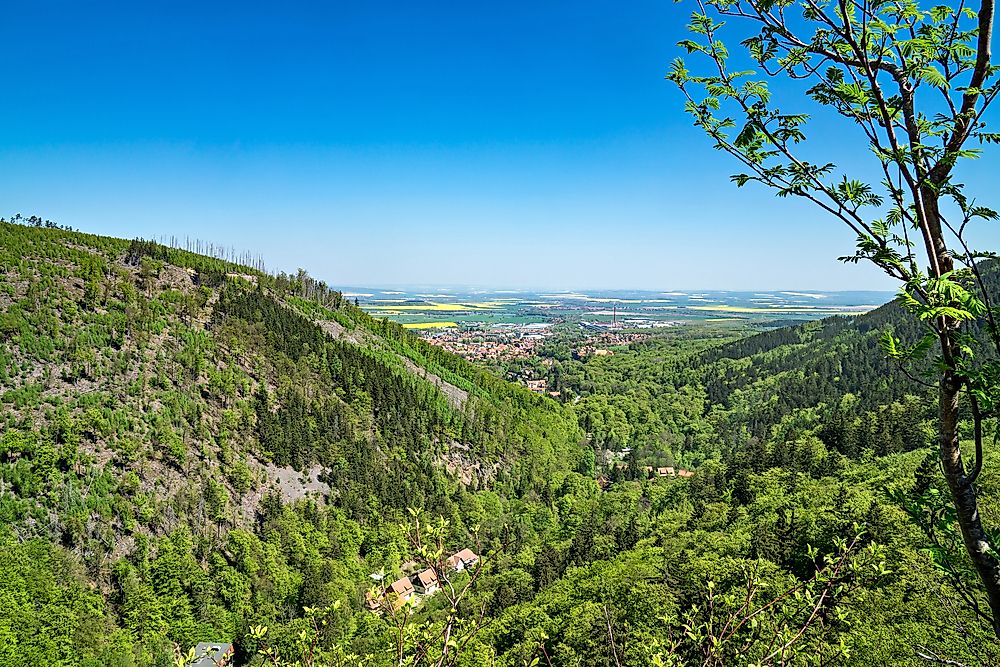
Saxony-Anhalt is a federal state of Germany located in the central part of the country. The state covers an area of 7,894.9 square miles making it the eighth largest state in the country. The state is the tenth largest in terms of population with the total population of Saxony-Anhalt estimated to be over 2.34 million. The state of Saxony-Anhalt was formed after the Second World War through the merger of the former Prussian Province of Saxony and the Free State of Anhalt. The largest city in Saxony-Anhalt is Halle (also known as Saale) while Magdeburg acts as the state’s capital city. The state is popular for having the state with the highest number of UNESCO World Heritage Sites.
12. Thuringia
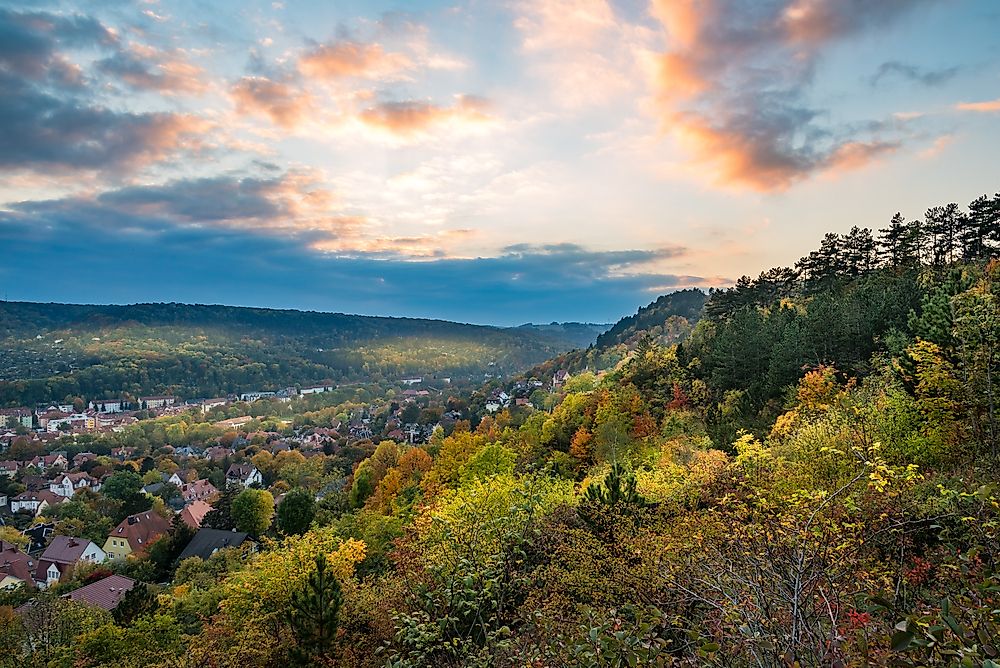
The state is officially known as the Free State of Thuringia and is located in central Germany. Thuringia covers an area of 6,244 square miles and has a population of 2.29 million residents. The state of Thuringia’s name is derived from an ancient German tribe known as Thuringii who lived in the region in the 6th century. The biggest city in the state is Erfurt which is also its capital. Thuringia has a bustling economy with the state’s GDP being estimated to be about $63 billion.
11. Brandenburg
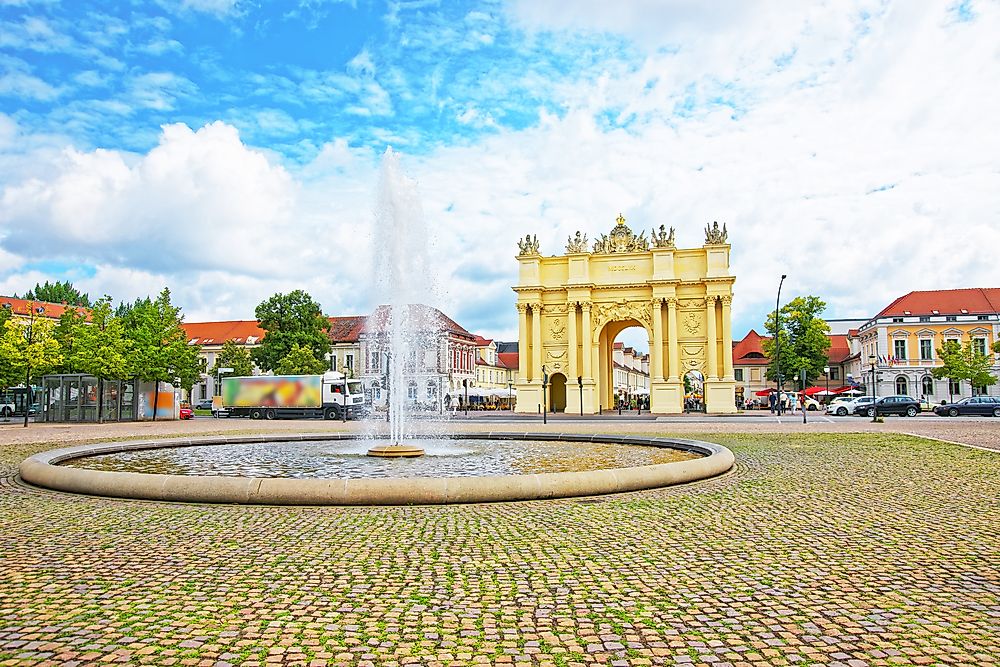
Brandenburg is a state located in northeastern Germany and surrounds the city-state of Berlin. Brandenburg has a population of 2.48 million inhabitants residing within it is 11,381.76 square-mile area, which translates to a population density of 220 persons per square mile. The capital of the state of Brandenburg is Potsdam which is also its largest city. Brandenburg has 14 districts and is governed by the Minister-President. The state is famed for its natural beauty attributed to its many protected areas and national parks which attract many tourists annually.
10. Schleswig-Holstein
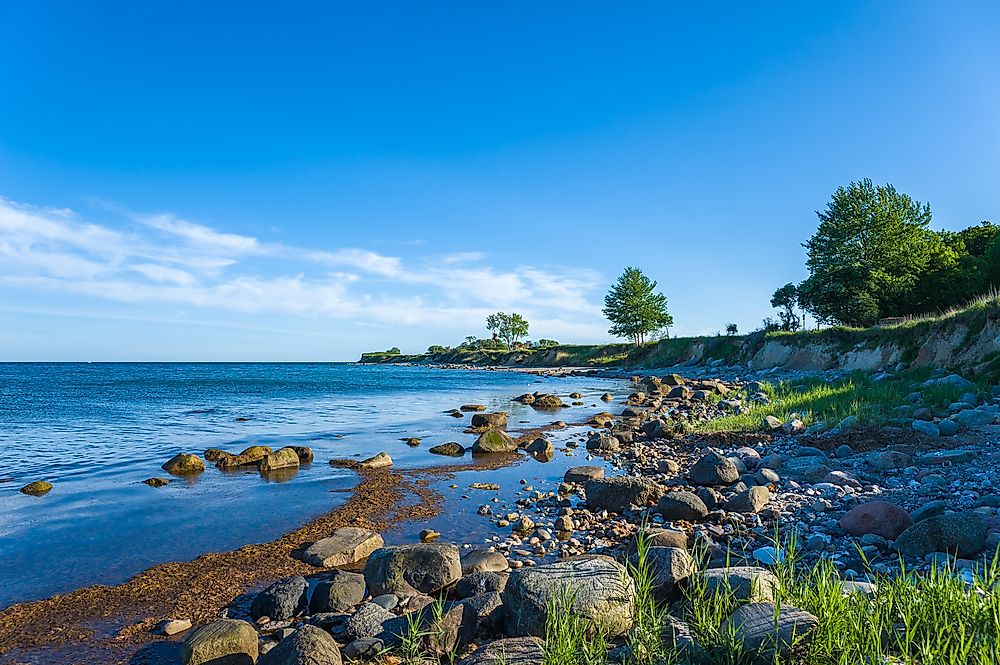
Schleswig-Holstein is a state located in northern Germany. The state was formed after a merger between part of the former Duchy of Schleswig and the duchy of Holstein. Schleswig-Holstein covers an area of 6,086.20 square miles and has a population of 2.85 million people. The state of Schleswig-Holstein is divided into 11 districts and four urban districts. The capital city of the state is Kiel which is also its largest city. Schleswig-Holstein’s economy is based on renewable energy and was the first German state to be self-sufficient in electricity through the use of renewable energy.
9. Hamburg
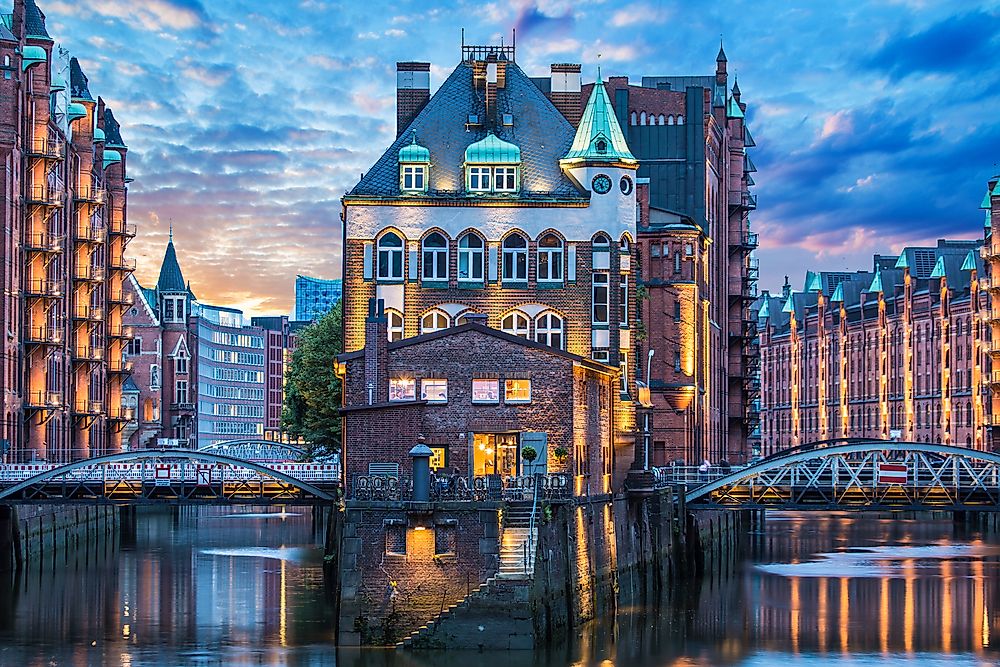
Hamburg is another German city-state located in northern Germany. Hamburg has the second smallest area of all German states with a total area of 292 square miles, second only to Bremen. However, Hamburg as a city is the second largest in the country with a population of about 1.7 million residents translating to a relatively high population density of 6,010 persons per square mile. The city-state has a diverse economy and has a GDP of $121 billion with the major sectors being shipping (the port of Hamburg is the second busiest in Europe after Rotterdam), banking (Hamburg is home to Berenberg Bank, the oldest bank in Germany), and heavy industry.
8. Saxony
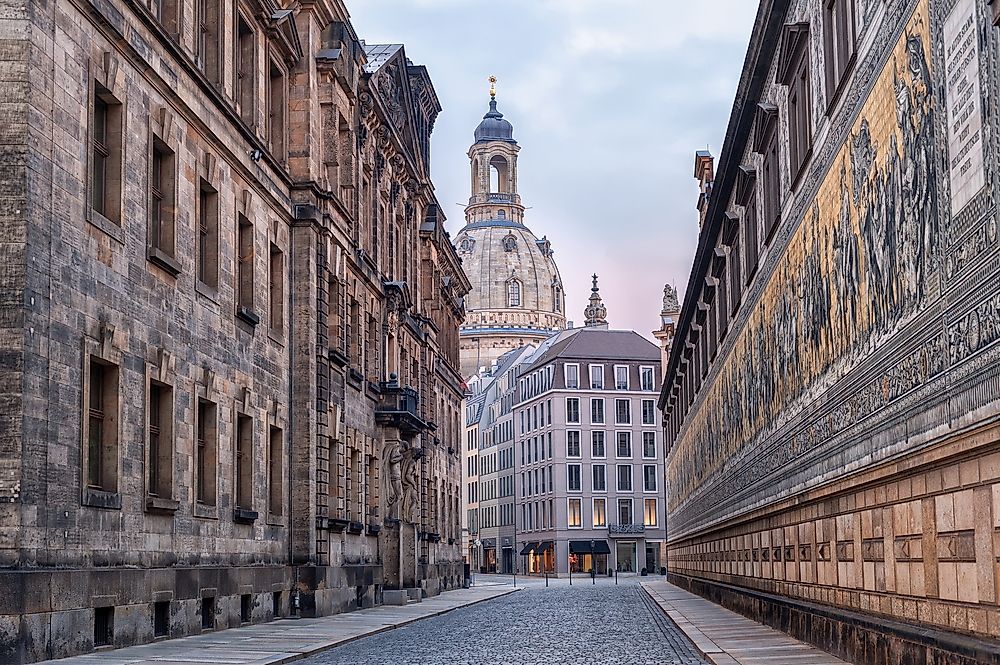
Saxony is a federal state located in eastern Germany. Saxony is the tenth largest state in Germany with a total area of 7,109 square miles and its total population of 4 million residents makes it the sixth most populous state in Germany. This translates to a population density of 570 persons per square mile. The state is divided into 10 districts and is governed by a Minister-President. The capital of Saxony is Dresden, while Leipzig is the largest city in the state with a population of 560,472 residents (1.1 million in its metro area).
7. Berlin
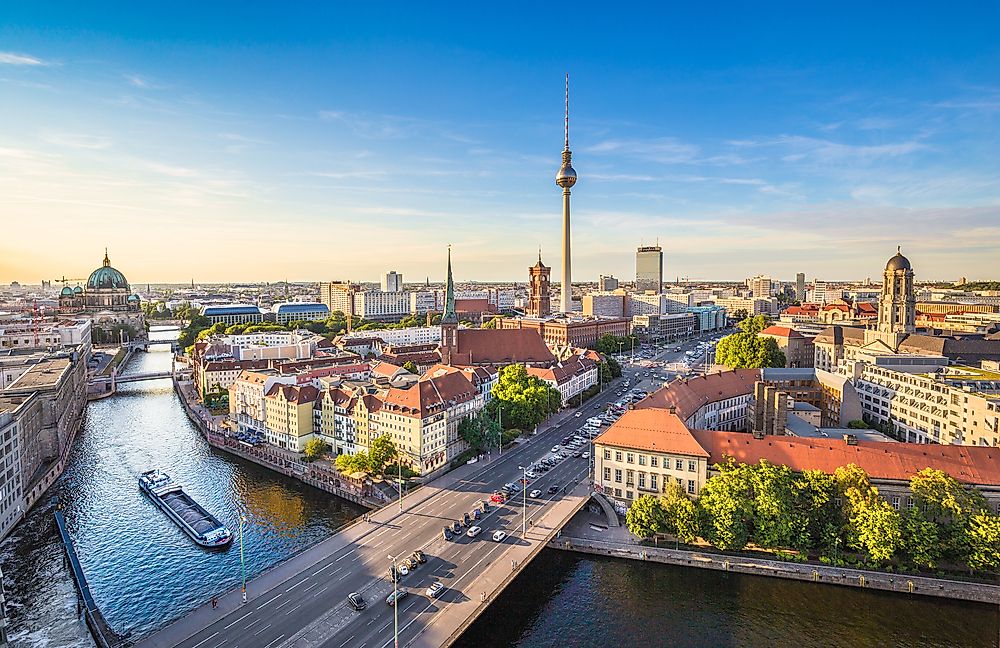
Berlin is one of the two city-states of Germany and is also the nation’s capital city. With a population of 3.7 million residents, Berlin is the largest city in Germany and the seventh most populous urban area in the EU. The city-state is also the richest state in Germany with a GDP of $137 billion with the service sector being the largest contributor to the economy where 84% of all companies are in the service industry. Berlin houses the residence of the President, the German Chancellery, as well as the headquarters of most Federal ministries. Berlin is also home to 158 foreign embassies.
6. Rhineland-Palatinate
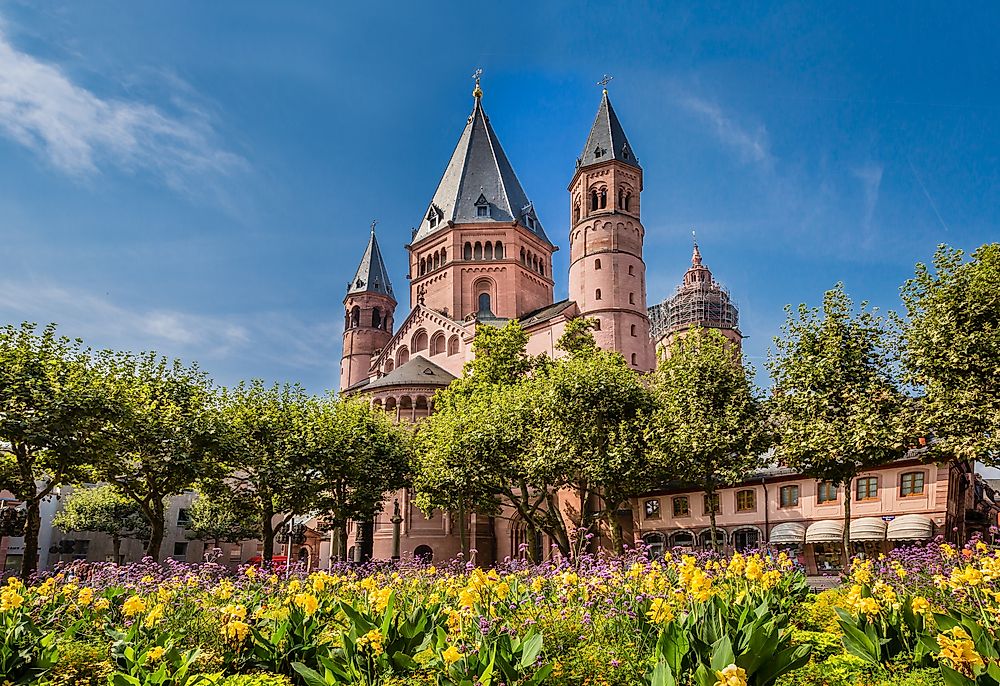
Rhineland-Palatinate is a state situated in western Germany. The state has an area of 7,663 square miles and is home to four million residents translating to a population density of 530 persons per square mile. The largest city in Rhineland-Palatinate is Mainz which is also the state’s capital. Rhineland-Palatinate is the biggest producer of wine in Germany with the state being home to the German Wine Fund, the German Wine Institute. The state is also the largest producer of sparkling wine in the world.
5. Lower Saxony
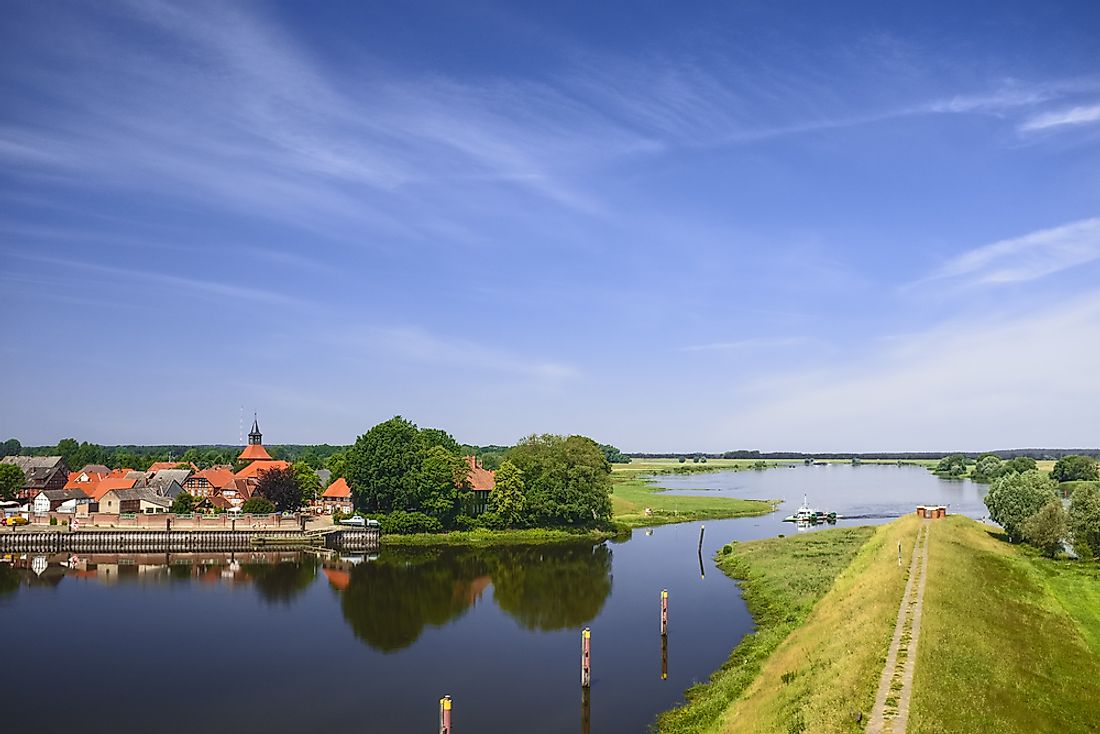
Lower Saxony is the second largest state in Germany, covering a total area of 18,388 square miles and is located in northwestern Germany. Lower Saxony has a population of 8 million residents, the fourth largest in the country with the majority of the population being located in the southern and central parts of the state where all the major cities are situated. Hanover is the capital of Lower Saxony and is also the largest city in the state.
4. Hesse
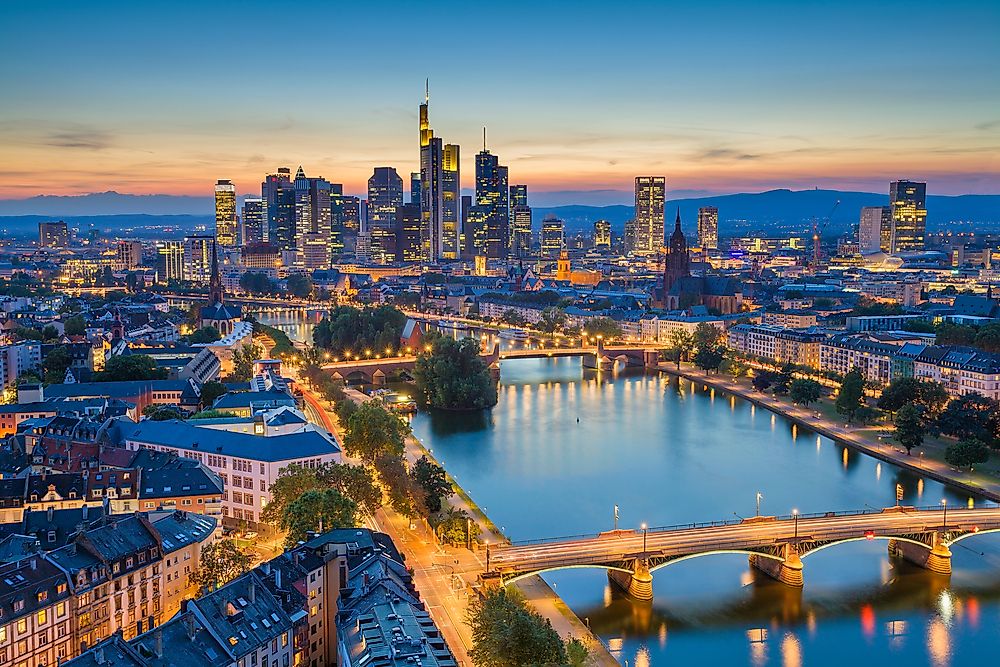
Hesse is a German state located in the middle of the country. Similar to other German states, the state was formed after the Second World War through a merger of the State of Hesse and the region of Rhenish Hesse. Hesse has a total population of only six million residents. The capital of the state is Wiesbaden while Frankfurt am Main is the state’s biggest city. Hesse is among the richest states in Germany with a GDP of about $293 billion which is linked to the region’s reputation for being the European financial capital. Hesse is home to the largest airport in Germany, Frankfurt Airport, which handles over 57 million passengers each year.
3. Baden-Wurttemberg
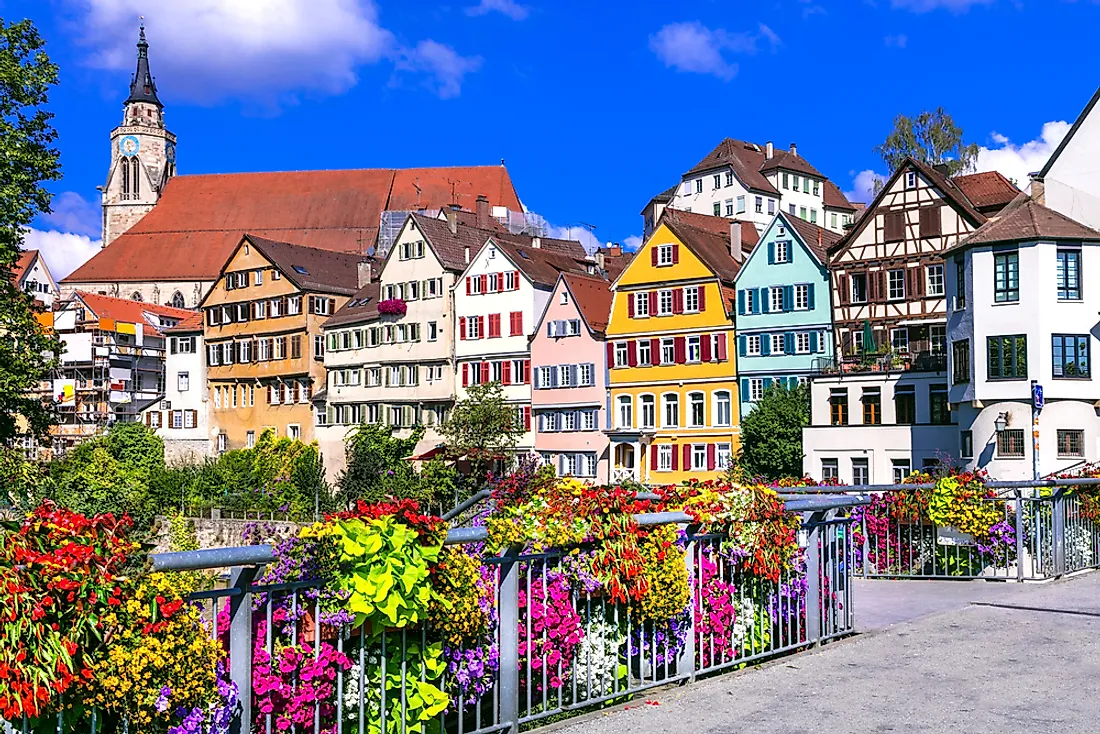
Baden-Württemberg is a German state located on the south-eastern edge of the country. The state is the third largest state in Germany with an area of 13,804 square miles and is also the third most populous state with a population of 10.8 million residents. The state was formed after the Second World War through the joining of the states of Wurttemberg and Baden. The largest city in Baden-Württemberg is Stuttgart which also acts as its capital. The state is famous for being home to the oldest university in Germany, the 631-year-old Heidelberg.
2. Bavaria
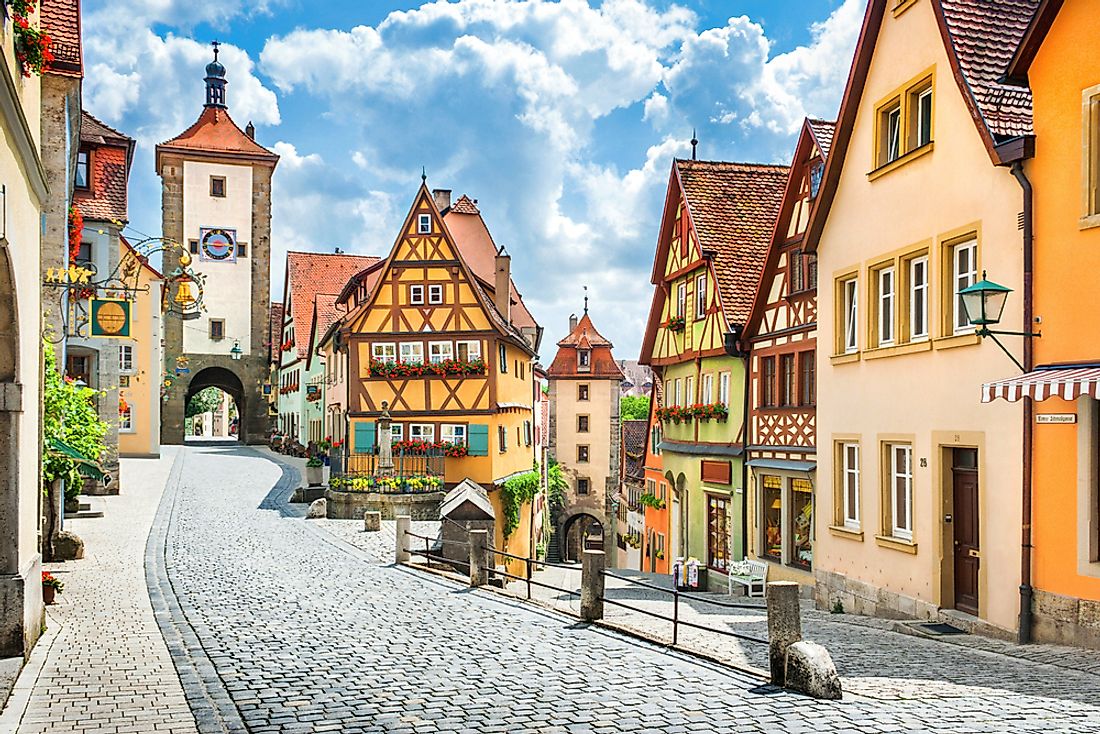
Bavaria is another German state located on the south-eastern edge of the country. With an area of 27,200 square miles, Bavaria is the largest state in Germany with the total area being about a fifth of the country. Bavaria has a population of 12.9 million residents making it the second most populous state in the country and translating to a population density of 470 people per square mile. The biggest city in the state is Munich. The state is renowned for being the home of the famous Oktoberfest, the largest beer festival in the world.
1. North Rhine-Westphalia
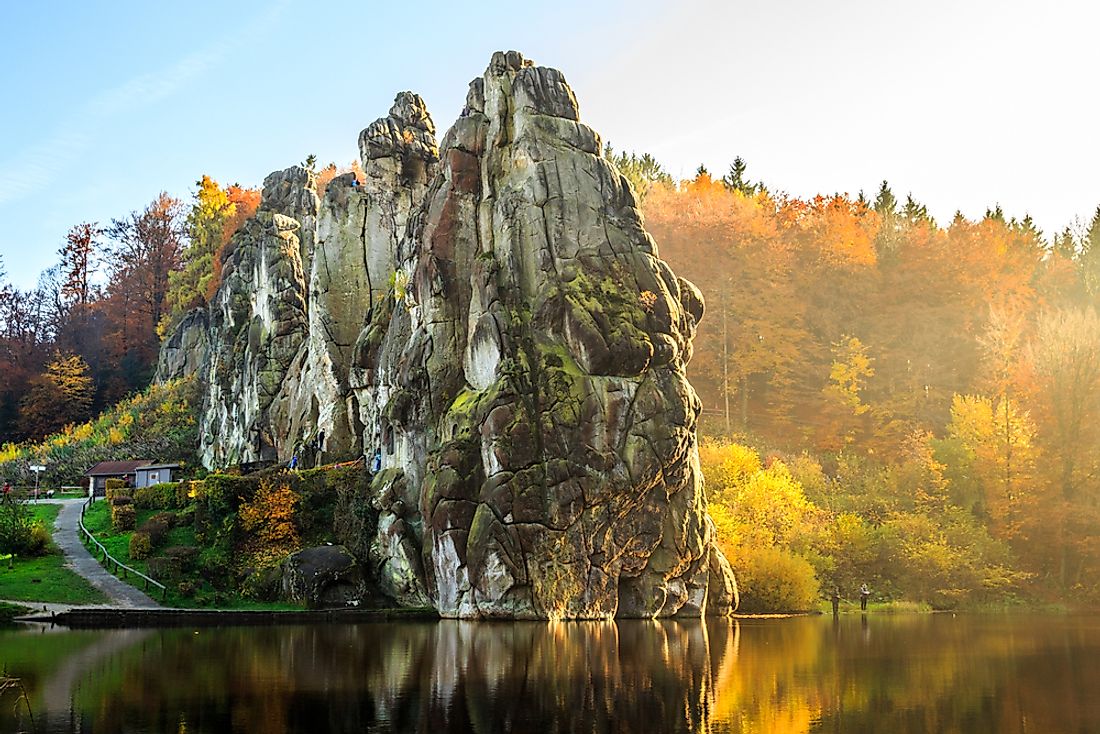
With a population of 17.865 million, North Rhine-Westphalia is the most populous state in Germany and also one of the most densely populated with a population density of 1,400 persons per square mile. North Rhine-Westphalia was formed after the merger of North Rhine State and Westphalia State in 1946. The state is the fourth largest state with an area of 13,159.96 square miles and has Dusseldorf as its provincial capital. However, the most populous city in the state is Cologne and Rhine-Ruhr. North Rhine-Westphalia has the largest economy of any state in Germany with a GDP of $717 billion, accounting for over a quarter of Germany’s national GDP. The state is governed by the minister-president and the Landstag acts as its legislative body where laws governing the state are passed.











